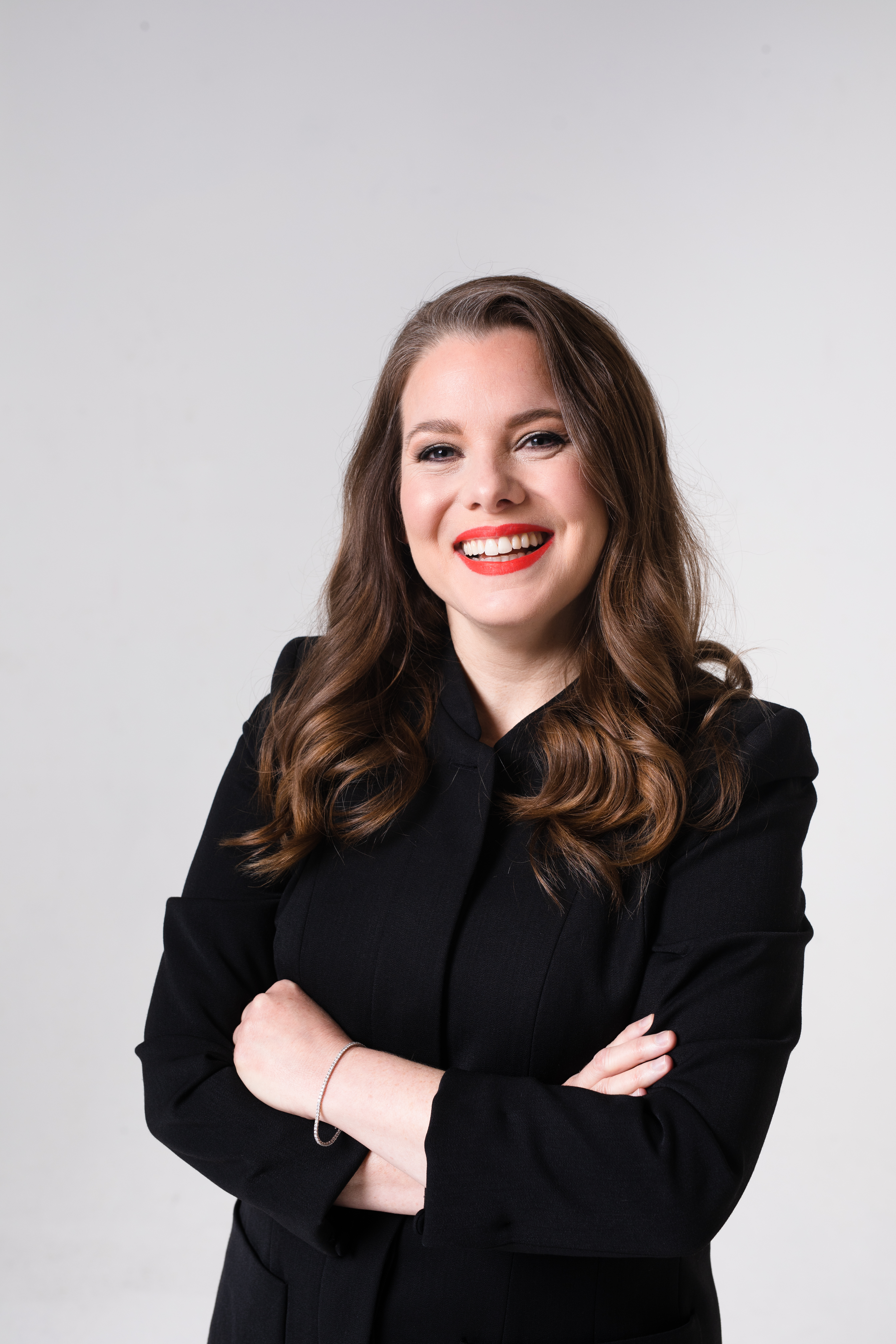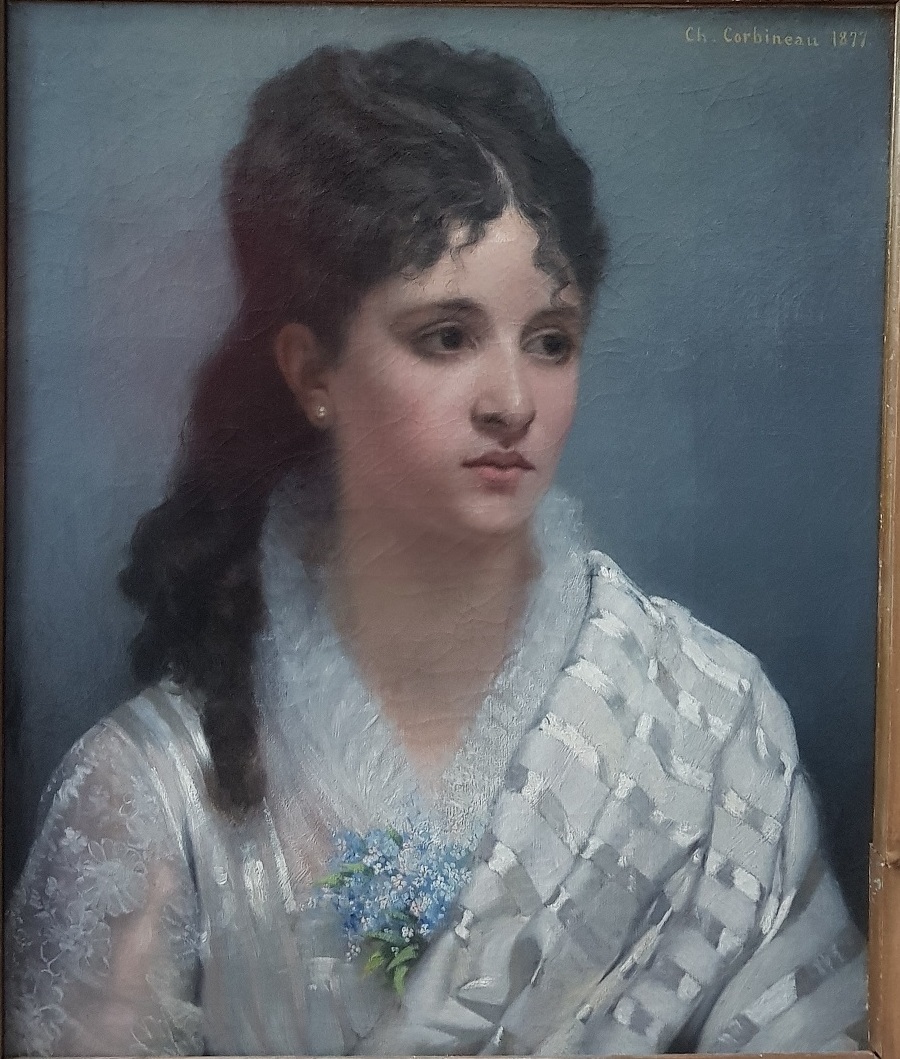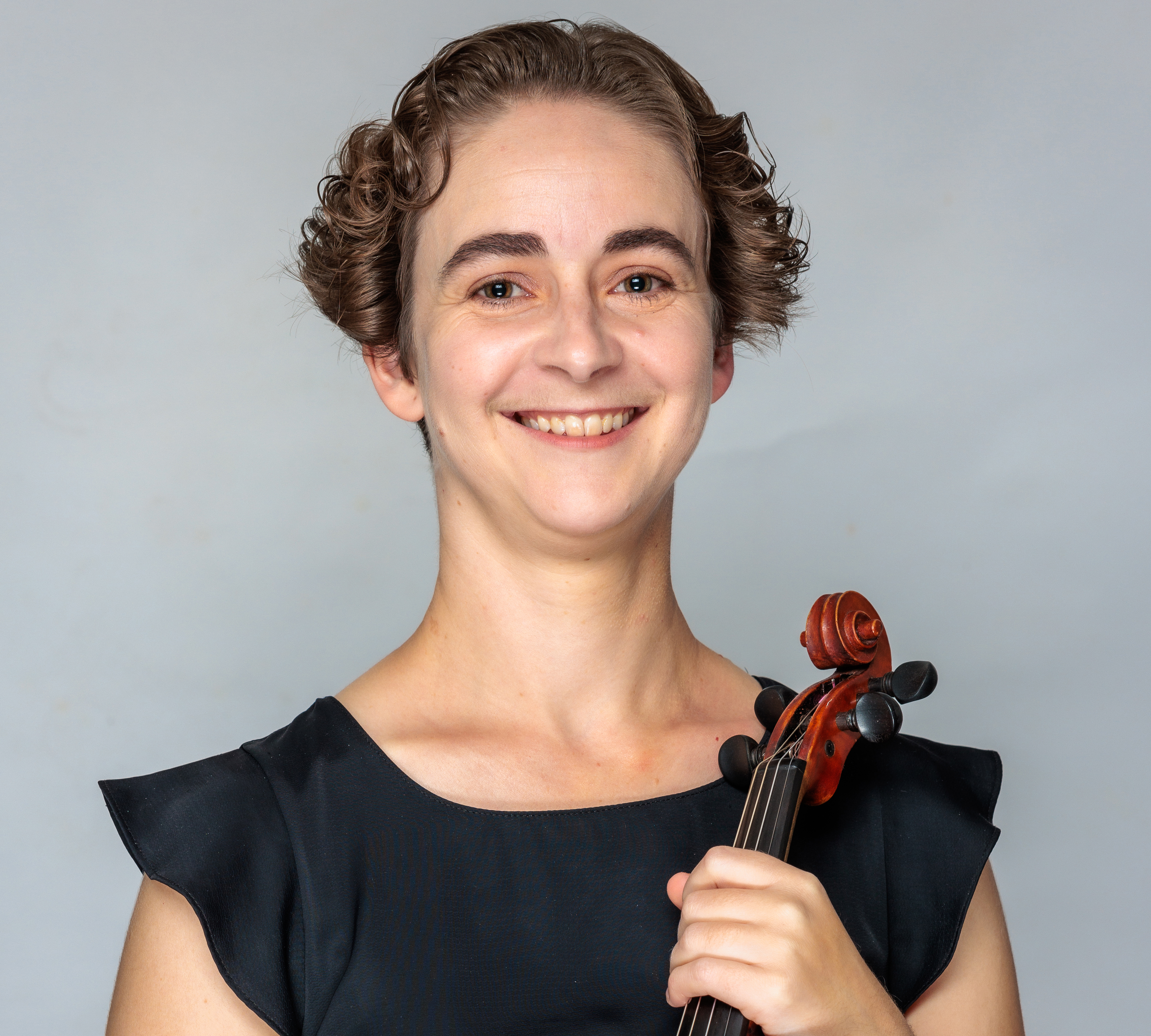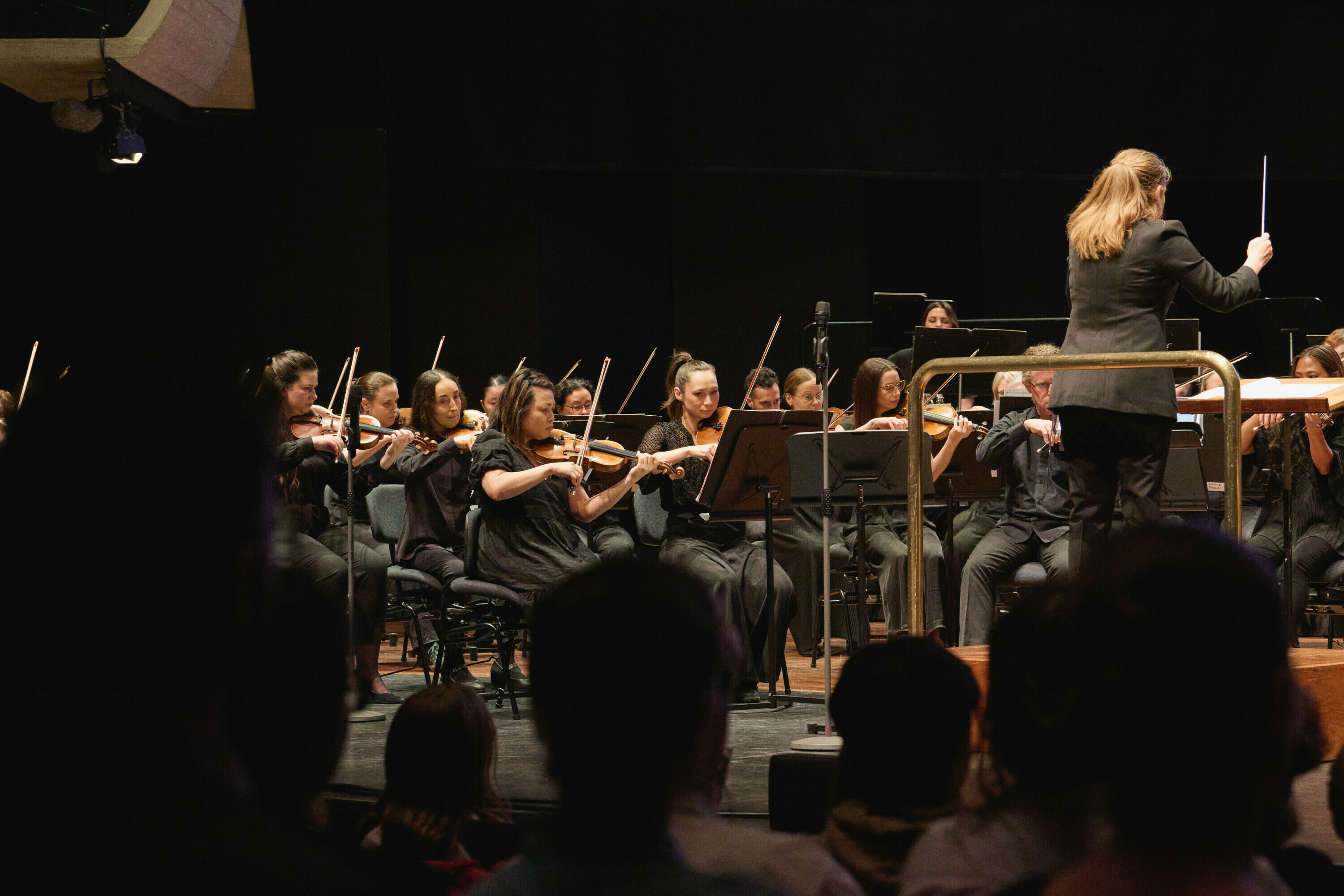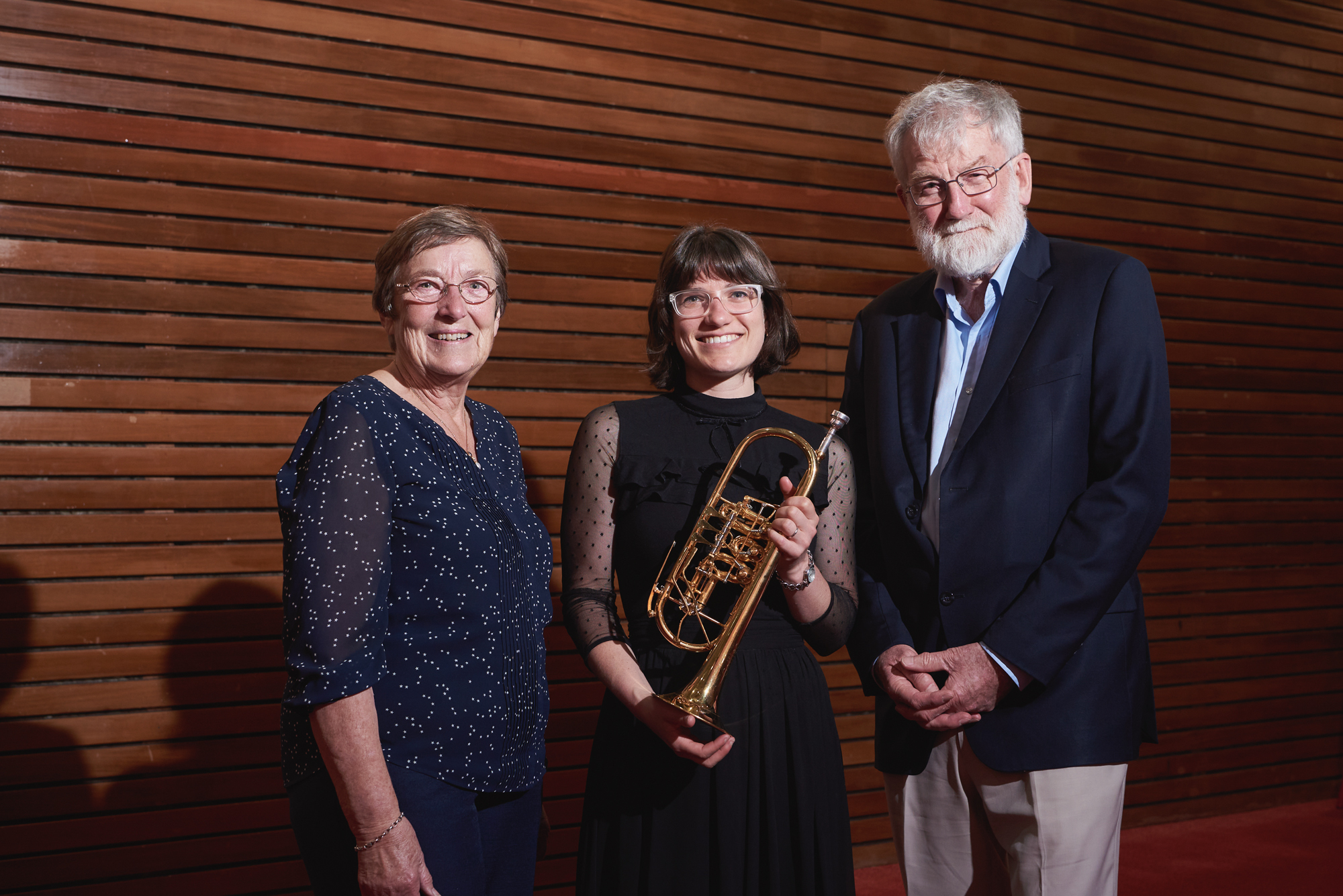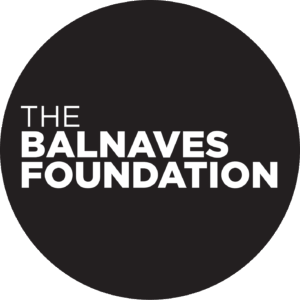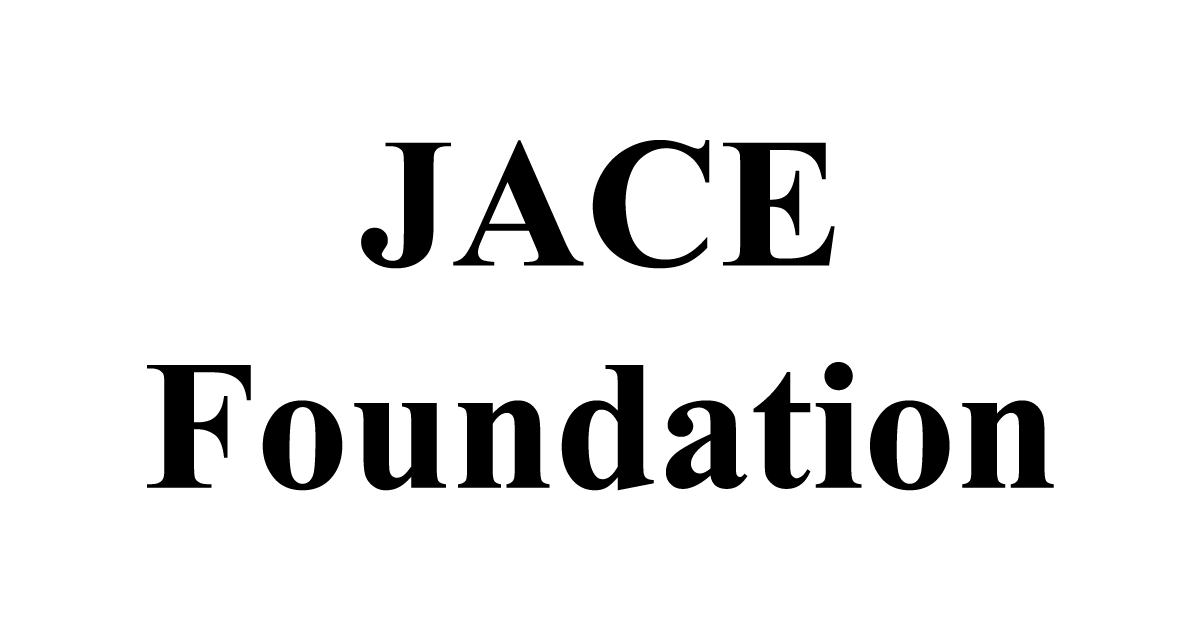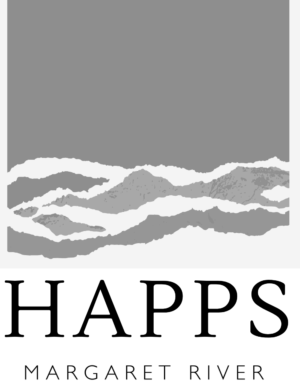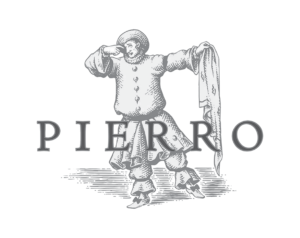Scheherazade - Morning
MORNING SYMPHONY SERIES
Thursday 23 May 2024, 11.00am
Perth Concert Hall

West Australian Symphony Orchestra respectfully acknowledges the Traditional Custodians and Elders of Country throughout Western Australia, and the Whadjuk Noongar people on whose lands we work and share music.
How to use your Digital Program
Scheherazade
Mel BONIS Trois femmes de légende –
Suite (18 mins)
I. Ophélie
II. Salomé
III. Le songe de Cléopâtre
Nikolai RIMSKY-KORSAKOV
Scheherazade (47 mins)
I. Largo e maestoso – Lento – Allegro non
troppo (The Sea and Sinbad’s Ship)
II. Lento (The Story of the Kalandar Prince)
III. Andantino quasi allegretto (The Young
Prince and the Young Princess)
IV. Allegro molto – Vivo – Allegro non
troppo e maestoso – Lento (Festival at
Baghdad – The Sea – The Ship Goes to
Pieces on a Rock Surmounted by a Bronze Warrior – Conclusion)
Jen Winley conductor
Wesfarmers Arts Pre-concert Talk
Find out more about the music in the concert with this week’s speaker, Alan Tyrrell. The Pre-concert Talk will take place at 9.40am in theMain Auditorium.
Listen to WASO
This concert will be broadcast live on ABC Classic. For further details visit
abc.net.au/classic
WASO On Stage
About the Artists
About the Music
About the Music

Nikolai Rimsky-Korsakov
(1844-1908)
Scheherazade – Symphonic Suite, Op.35
I. Largo e maestoso – Lento – Allegro non troppo (The Sea and Sinbad’s Ship)
II. Lento (The Story of the Kalandar Prince)
III. Andantino quasi allegretto (The Young Prince and the Young Princess)
IV. Allegro molto – Vivo – Allegro non troppo e maestoso – Lento (Festival at Baghdad – The Sea – The Ship Goes to Pieces on a Rock Surmounted by a Bronze Warrior – Conclusion)
The Sultan Shahryar, convinced of the duplicity and infidelity of all women, had vowed to slay each of his wives after the first night. The Sultana Scheherazade, however, saved her life by the expedient of recounting to the Sultan a succession of tales over a period of a thousand and one nights. Overcome by curiosity, the Sultan postponed from day to day the execution of his wife, and ended by renouncing altogether his sanguinary resolution.
We think we know the story of Scheherazade, Persian queen and fabled storyteller of The Thousand and One Nights. Some of her stories (and a few that were invented for her by Europeans) have become part of popular culture: Ali Baba and the Forty Thieves, Aladdin (an 18thcentury French addition), and one you’ll recognise from the movement titles for Rimsky-Korsakov’s Scheherazade: Sinbad the Sailor.
Strictly speaking, orchestras shouldn’t publish those titles; the composer withdrew them with so as not to constrain his listeners’ imaginations. Rimsky-Korsakov had taken the idea of Scheherazade and the Arabian Nights as his starting point, and the narrative titles he’d devised in the winter of 1887–88 were intended to suggest particular characters – the story of a kalandar or “beggar” prince, for example. But the end result, he said, was a “kaleidoscope of fairytale images and designs of Eastern character”, more concerned with the connotations of the East it brings to mind than with literal storytelling.
He believed it was futile to seek in Scheherazade leading motifs that could be consistently linked to particular characters or events. The motifs we recognise were “nothing but purely musical material … for symphonic development” and a means of creating unity between the four movements, and on each appearance they are presented in different musical guises so that the “themes correspond each time to different images, actions and pictures”.
“All I had desired,” he later wrote in My Musical Life, “was that the hearer, if he liked my piece as symphonic music, should carry away the impression that it is beyond doubt an Eastern narrative describing a motley succession of fantastic happenings,” and not merely four pieces based on common themes.
The ominous pounding melody representing the stern Sultan in the opening, for example, appears in the tale of the Kalandar Prince, although Shahryar plays no part in that narrative. And the muted fanfare of the second movement returns in the otherwise unconnected depiction of the foundering ship. Rimsky-Korsakov also cites the appearance of both the Kalandar Prince’s theme and the theme of the Young Princess in the Baghdad festival although “nothing is said about these persons taking part in the festivities”.
But Rimsky-Korsakov did admit that one of his motifs was quite specific, attached not to any of the stories, but to the storyteller who provides the frame story of The Arabian Nights: “The unifying thread consisted of the brief introductions to the first, second and fourth movements and the intermezzo in movement three, written for violin solo and delineating Scheherazade herself as telling her wondrous tales to the stern Sultan.”
It is this idea – an intricately winding violin theme supported only by the harp – which soothes the thunderous opening and embarks upon the first tale: the sea and Sinbad’s ship. For Rimsky-Korsakov, who was synæsthesic, the choice of E major for the billowing cello figures was surely no accident: his ears “saw” this key as dark blue. But you don’t have to be synæsthesic to experience the marvellous colours of Rimsky-Korsakov’s orchestral writing. So formidable is his instinct that Rimsky- Korsakov can convince his listeners of the raging of a storm at sea, the exuberance of a festival and the exotic colours of the East.
A cajoling melody played by solo bassoon represents a Kalandar (or ‘beggar’) Prince in the second movement. (Rimsky-Korsakov, perhaps deliberately, neglects to tell us which of the beggar princes in The Arabian Nights he had in mind.) The dramatic middle section features muted fanfares, based on the Sultan’s theme. The third movement opens with a sinuous violin melody – it’s easy to imagine Scheherazade telling this story in her own voice. The similarity between the two main themes of the third movement (for violin and then flute and clarinet) suggests that the Young Prince and Princess are perfectly matched in temperament and character.
An agitated transformation of the Sultan’s theme, in dialogue with Scheherazade’s theme, prefaces the final tale. The fourth movement combines the Festival in Baghdad and the tale of the shipwreck in music that’s both splendid and terrifying. Triangle and tambourines accompany the lively cross-rhythms of the carnival; and the mood builds in intensity before all is swamped by the return of the sea theme from the first movement. But after the fury of the shipwreck, it is Scheherazade who has the last word. Her spinning violin solo emerges in gentle triumph over the Sultan’s bloodthirsty resolution.
Yvonne Frindle © 2024
First performance: 3 November 1888, St Petersburg; composer conducting
First WASO performance: 21 & 23 May 1949, Henry Krips conducting.
Most recent WASO performance: 8-9 April 2021, Benjamin Northey conducting.
Instrumentation: two flutes, piccolo, two oboes (one doubling cor anglais), two clarinets and two bassoons; four horns, two trumpets, three trombones and tuba; timpani and a large percussion section; harp and strings.
Glossary
intermezzo – in this context an intermezzo refers to a brief interlude or contrasting section in the middle of a larger movement.
synæsthesic – synæsthesia a condition in which one sense is melded with or experienced through another, e.g. different chords in music may be “seen” as colours.
cross-rhythms – occur when rhythms are ‘shifted’ so their strong beats fall at unexpected points in the basic pulse of the music. For example, a basic pulse of 3 beats + 3 beats might be overlayed with a rhythm made up of 2+2+2. The effect is usually complex but compelling.
About WASO
Your Concert Experience
Meet the Musician

